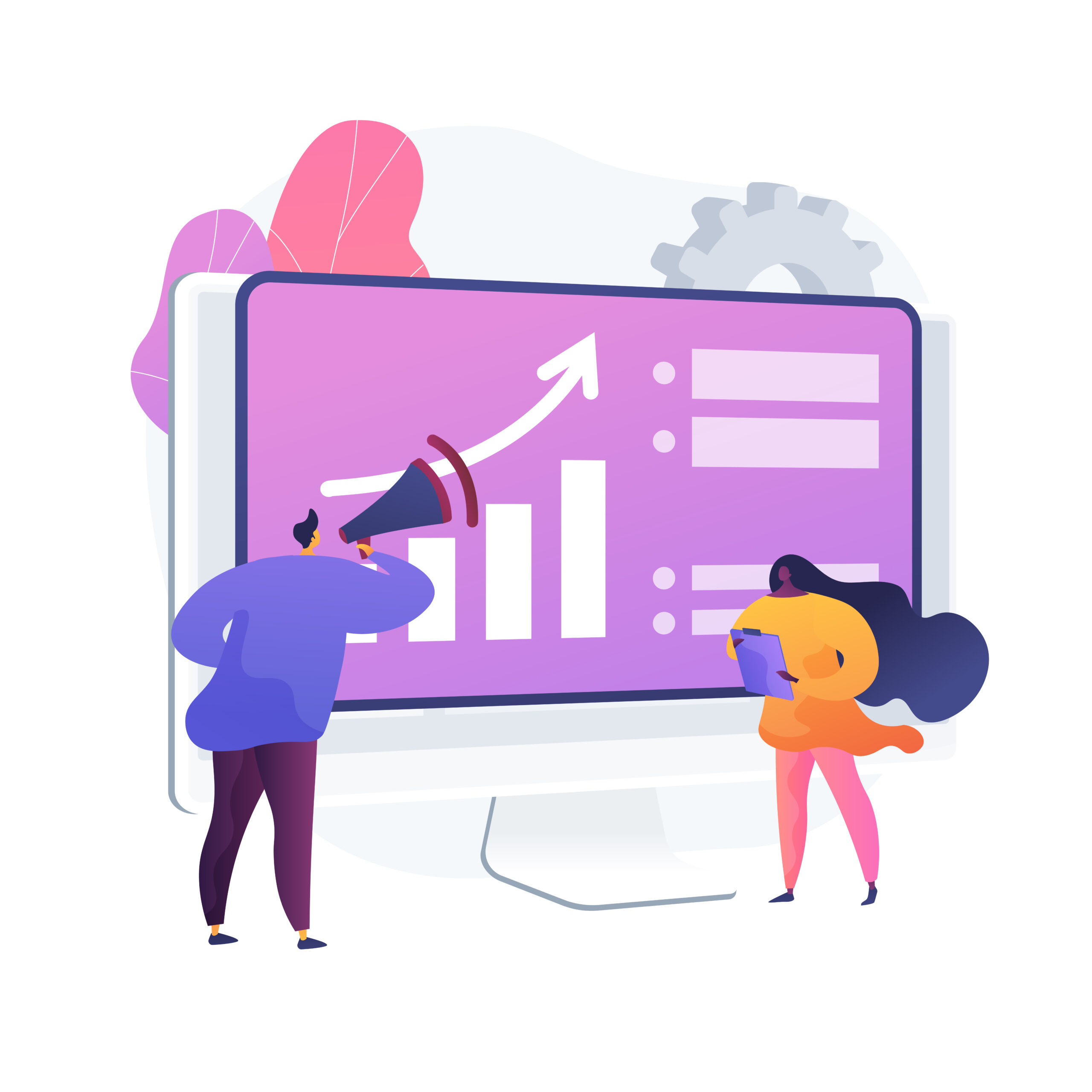When it comes to online advertising, few platforms are as powerful as Google Ads. However, running an effective campaign isn’t just about getting clicks—it’s about turning those clicks into conversions. The conversion rate is one of the most critical metrics in any Google Ads campaign, as it measures the percentage of users who take a desired action after clicking on your ad. Whether you’re aiming for sales, sign-ups, or inquiries, a higher conversion rate means more value from your ad spend. In this blog post, we’ll explore strategies to maximize your conversion rate in Google Ads.
Tracking Conversions
To measure conversion rates, you first need to set up conversion tracking in Google Ads. This involves defining what constitutes a conversion and then implementing tracking tags on your website or app. Google Ads uses these tags to track user interactions that follow an ad click. Conducting a GA4 audit can ensure that your tracking is set up correctly, providing accurate data for your analysis. Additionally, GA4 training can help you and your team fully understand and leverage the insights provided by Google Analytics 4, leading to more informed decisions and better campaign performance. The process generally involves:
- Setting Up Conversion Actions: Define the specific actions you want to track, such as purchases, sign-ups, or other key interactions.
- Adding Conversion Tracking Tags: Place the Google Ads conversion tracking tag or code snippet on your website’s confirmation or thank-you page. For apps, you would integrate the Google Ads SDK.
Several factors can influence conversion rates in Google Ads:
- Ad Relevance: Conversion rates are significantly impacted by the relevance of ads to user search queries. Ads that align closely with user intent tend to perform better. Achieving high relevance involves the strategic use of targeted keywords and the creation of compelling, focused ad copy that resonates with the audience’s needs and expectations.
- Landing Page Experience: The landing page plays a pivotal role in converting clicks into actions. For optimal performance, the landing page must be meticulously optimized for conversions. This includes a clear and persuasive call-to-action (CTA), content that is directly relevant and engaging to the user, and a user-friendly design that facilitates easy navigation, thereby enhancing the overall user experience.
- Targeting and Audience: Effective targeting is essential to ensuring that ads are delivered to users with a higher propensity to convert. Leveraging Google Ads’ advanced targeting capabilities—such as demographic filtering, interest-based targeting, and geographic location settings—enables advertisers to refine their audience, thereby enhancing the likelihood of conversion.
- Ad Quality: The quality of the ad itself is a crucial determinant of its effectiveness. High-quality ads that incorporate relevant, strong messaging and are visually compelling are more likely to engage users and drive conversions. Ensuring that the ad aligns with the user’s intent and expectations can significantly boost its performance.
- Bidding Strategy: The selection of an appropriate bidding strategy is instrumental in influencing conversion rates. Automated bidding strategies, such as Target CPA (Cost Per Acquisition) or Maximize Conversions, are designed to optimize campaign performance by dynamically adjusting bids to maximize conversion opportunities. Choosing the right bidding strategy is critical for achieving the desired conversion outcomes in a cost-effective manner.
Strategies to Improve Conversion Rate for Your Campaigns
Improving conversion rates in Google Ads is an ongoing process that involves careful analysis, testing, and optimization. GA4 audit and GA4 training are invaluable tools in this process, ensuring that your data is accurate and that your team is well-equipped to interpret it. Here’s a structured approach to analyzing and enhancing conversion rates:
- Optimize Your Ad Copy: Your ad copy is the first impression potential customers have of your business. It’s essential to craft compelling, clear, and relevant copy that speaks directly to your target audience. Here are some tips:
- Highlight Unique Conversion Points (USPs): What sets your product or service apart? Make sure this is clear in your ad copy.
- Use Strong Call-to-Actions (CTAs): Encourage users to take the next step with clear and action-oriented language, like “Shop Now,” “Get a Free Quote,” or “Sign Up Today.”
- Incorporate Keywords: Align your ad copy with the search intent by including relevant keywords. This not only helps with ad relevance but also ensures your ad resonates with the user’s needs.
- Refine Your Landing Pages: A high-converting ad can only do so much if your landing page isn’t optimized. Here’s how to ensure your landing pages are ready to convert visitors:
- Match Ad to Landing Page: Ensure that the message in your ad is consistent with what users find when they click through to your landing page. Ths alignment builds trust and reduces bounce rates.
- Simplify Navigation: Make it easy for visitors to find what they’re looking for. Avoid cluttered designs and keep the most important information front and center.
- Mobile Optimization: With more users browsing on mobile devices, it’s crucial that your landing pages are responsive and load quickly on all devices.
- A/B Testing: Regularly test different versions of your landing page to see which elements lead to higher conversions. This can include testing headlines, images, CTAs, and even the layout.
- Refine Your Landing Pages: A high-converting ad can only do so much if your landing page isn’t optimized. Here’s how to ensure your landing pages are ready to convert visitors:
- Match Ad to Landing Page: Ensure that the message in your ad is consistent with what users find when they click through to your landing page. This alignment builds trust and reduces bounce rates.
- Simplify Navigation: Make it easy for visitors to find what they’re looking for. Avoid cluttered designs and keep the most important information front and center.
- Mobile Optimization: With more users browsing on mobile devices, it’s crucial that your landing pages are responsive and load quickly on all devices.
- A/B Testing: Regularly test different versions of your landing page to see which elements lead to higher conversions. This can include testing headlines, images, CTAs, and even the layout.
- Optimize for Keywords: Keyword optimization is at the heart of any successful Google Ads campaign. Here’s how to make sure your keywords are working for you:
- Target the Right Audience: Even the best ads won’t convert if they’re shown to the wrong people. Make sure you’re targeting the right audience with these strategies:
- Use Audience Segmentation: Break down your audience into smaller, more targeted segments based on demographics, interests, and behaviours. This allows you to create tailored ads that speak directly to specific groups.
- Leverage Remarketing: Target users who have previously interacted with your site but didn’t convert. Remarketing ads can remind them of your offerings and encourage them to complete the desired action.
- Exclude Irrelevant Audiences: Use negative keywords and audience exclusions to prevent your ads from being shown to users who are unlikely to convert.
- Monitor and Adjust Bids: Your bidding strategy plays a significant role in conversion rates. If you’re not bidding competitively on your high-intent keywords, you might miss out on potential conversions. Consider the following:
- Use Smart Bidding Strategies: Google Ads offers automated bidding strategies like Target CPA (Cost Per Acquisition) and Target ROAS (Return on Ad Spend) that adjust your bids in real-time to maximize conversions.
- Adjust Bids Based on Performance: Increase bids for keywords and audiences that are driving conversions, and decrease bids for those that aren’t.
- Utilize Ad Extensions: Ad extensions can make your ads more appealing and informative, often leading to higher conversion rates. Here are a few types to consider:
- Sitelink Extensions: Direct users to specific pages on your website, like product categories or contact forms.
- Call Extensions: Encourage users to call your business directly from the ad.
- Location Extensions: Show your business address, making it easy for users to visit your physical location.
- Analyze and Optimize: Lastly, never stop analyzing your campaign data. Regular GA4 audits and GA4 training sessions can keep your team updated on the latest features and best practices, ensuring that your campaigns stay ahead of the competition
Conversion Rate Benchmarks for Different Industries
Conversion rate benchmarks vary significantly across different industries, reflecting the unique characteristics and customer behaviours within each sector. Here’s a general overview of conversion rate benchmarks for various industries:
- E-commerce: In the e-commerce sector, average conversion rates typically range from 1% to 3%. Factors influencing these rates include product pricing, website design, and the effectiveness of marketing strategies. High-end or luxury items might experience lower conversion rates due to the higher consideration phase, while everyday consumer goods may have higher rates.
- B2B (Business-to-Business): B2B conversion rates are generally lower than those in B2C (Business-to-Consumer) settings, often ranging from 0.5% to 2%. B2B transactions often involve longer sales cycles and more decision-makers, making the conversion process more complex. Success in this industry depends on the quality of leads, the effectiveness of sales outreach, and the alignment of marketing and sales efforts.
- SaaS (Software as a Service): For SaaS companies, conversion rates can vary widely based on the type of software and target market but typically range from 2% to 7%. Free trials, freemium models, and effective onboarding processes can positively impact these rates. SaaS businesses often rely on nurturing leads and demonstrating the value of their software through trials and demos.
- Travel and Hospitality: Conversion rates in the travel and hospitality industry generally fall between 1% and 3%. Factors influencing these rates include the seasonality of travel, the booking process, and the competitiveness of offers. Providing an easy-to-navigate booking system and attractive deals can help improve conversion rates.
- Financial Services: Conversion rates in financial services, including banking and insurance, often range from 1% to 4%. This industry typically requires trust and credibility, so clear, transparent information and robust security measures are crucial for converting prospects into customers.
- Healthcare and Pharmaceuticals: Conversion rates in the healthcare industry can vary widely but often fall between 1% and 3%. Factors affecting these rates include regulatory considerations, the complexity of medical information, and the trustworthiness of the service or product.
- Education and Training: For educational institutions and training programs, conversion rates generally range from 3% to 6%. This sector often benefits from strong content marketing, personalized outreach, and clear demonstrations of the value of the education or training provided.
These benchmarks serve as a general guide, and actual conversion rates can be influenced by numerous factors, including market conditions, company size, and specific business practices.
Maximizing your conversion rate in Google Ads is essential for deriving the most value from your ad spend. By focusing on key factors such as ad relevance, landing page experience, and targeting strategies, you can significantly improve your campaign’s effectiveness. Regular GA4 audits ensure that your tracking setup is accurate, allowing you to rely on precise data for decision-making. Meanwhile, GA4 training equips your team with the necessary skills to leverage Google Analytics 4 to its fullest potential. By continuously optimizing your approach and staying informed through GA4 insights, you can achieve sustained success in your online advertising efforts.




